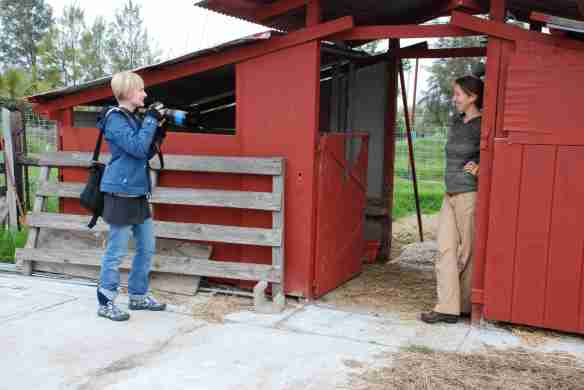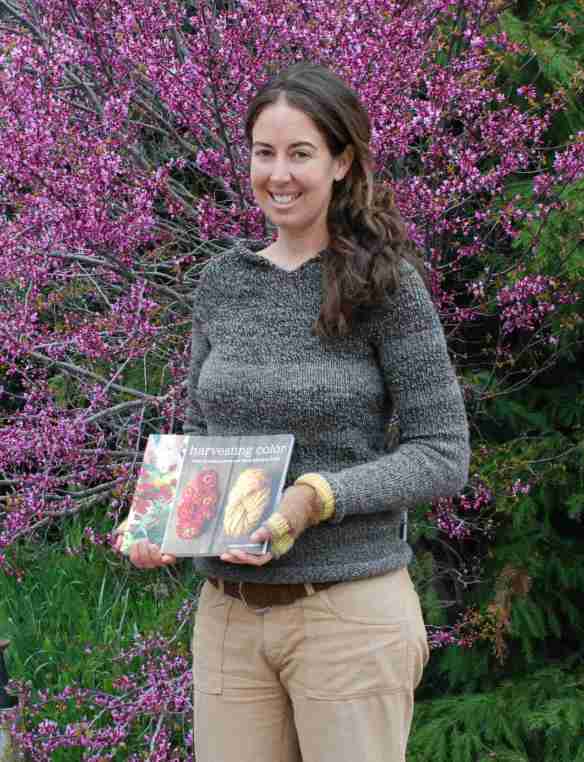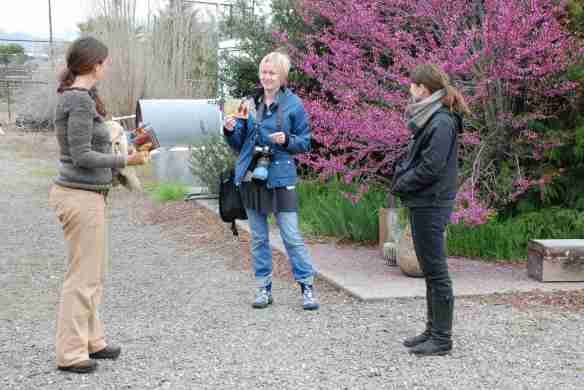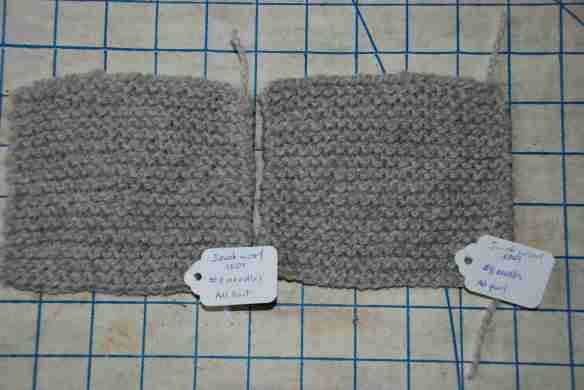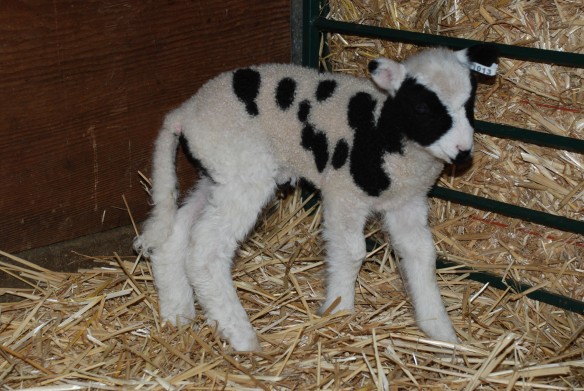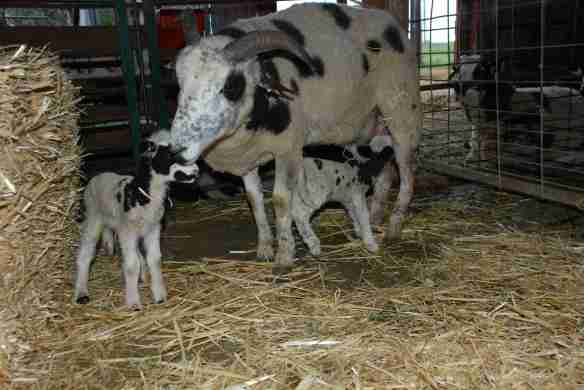I have to look back at my blog posts to know how long it is that Farm Club members have been going to San Francisco for an annual one-night retreat. It seems that the first one was in 2011 so this is the seventh. As always we had a fabulous time.
Eight of us met at the NDGW home Friday afternoon (see this post for some views of this fabulous home) and then went to FC member Stephany’s home in the Glen Park District of San Francisco.
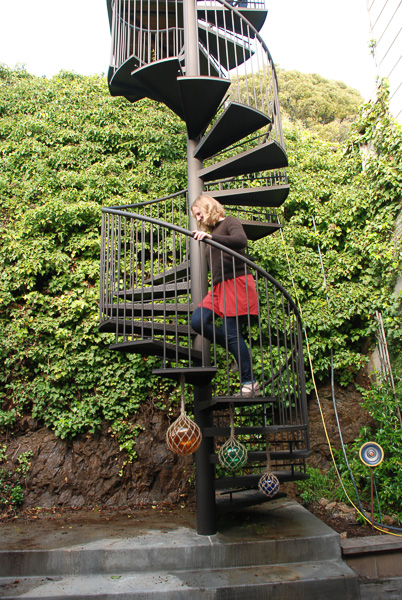
Stephany and Ian invited us to see the recent addition to their yard, half of which has been inaccessible since they have lived there except for going half way around the block and through the property behind them.
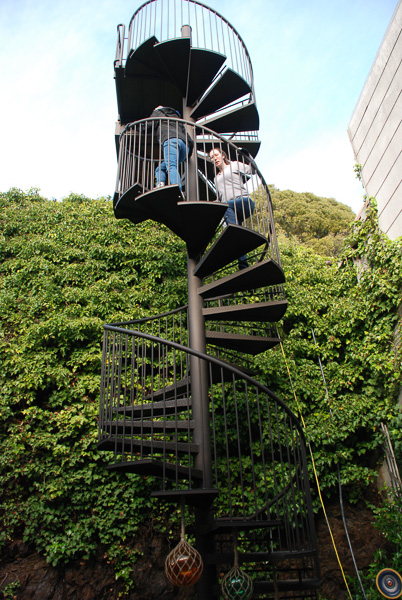
This spiral staircase, which was lifted OVER their house by a crane a couple of months ago, gives them access to the upper level.
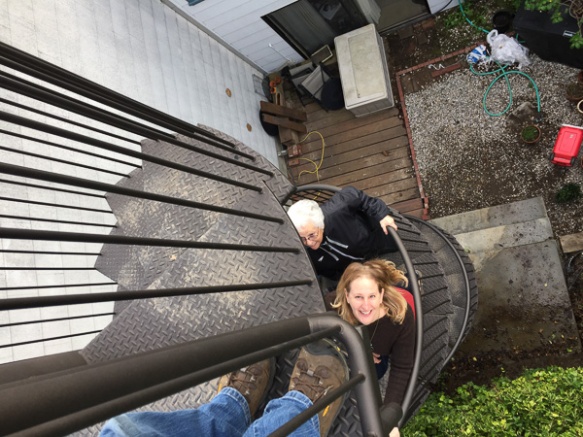
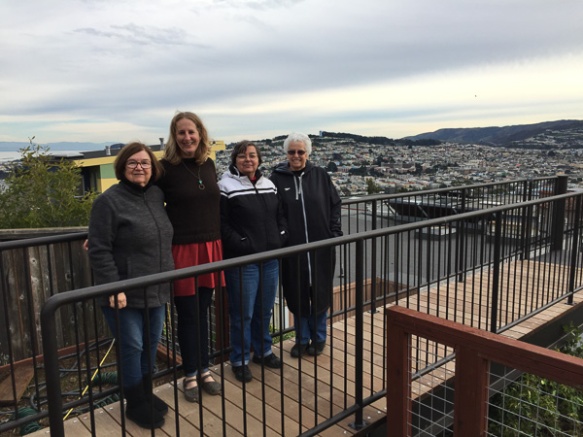
From the top of the staircase you cross this bridge to get to solid ground.
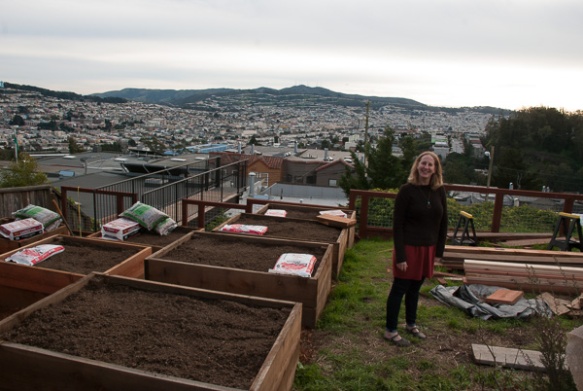
There is a spectacular view of the city and the bay and Stephany and Ian have a wonderful garden spot with a sunny exposure that is often above the fog line.
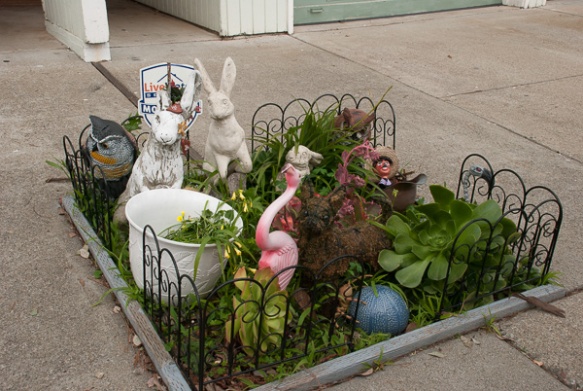
After enjoying afternoon snacks with Stephany she led us on an urban hike. The first point of interest was this tiny garden.
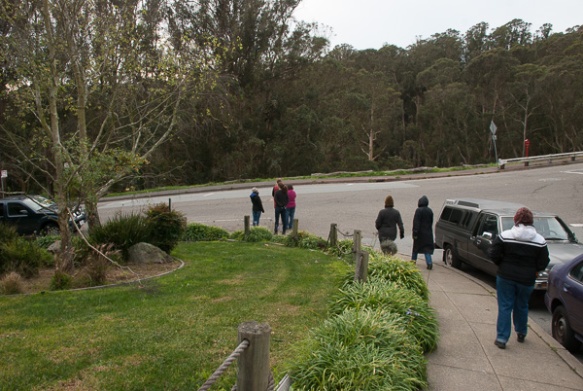
Only two blocks from Stephany’s home we saw the 78-acre Glen Canyon Park.
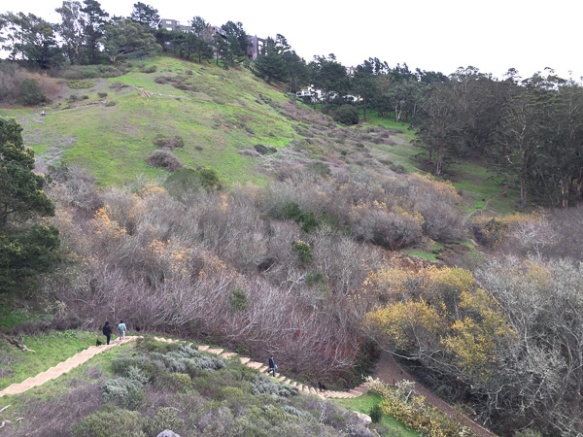
I had no idea that something like this exists in the middle of San Francisco.
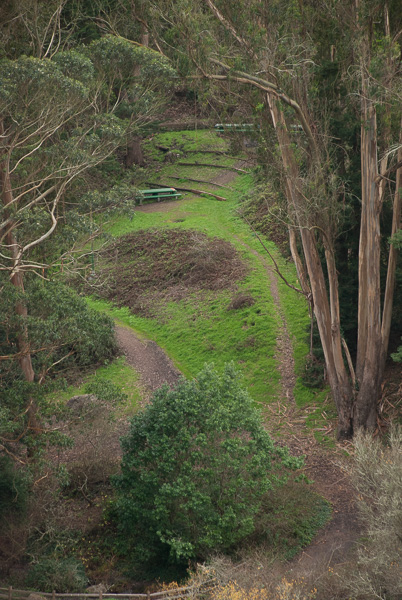
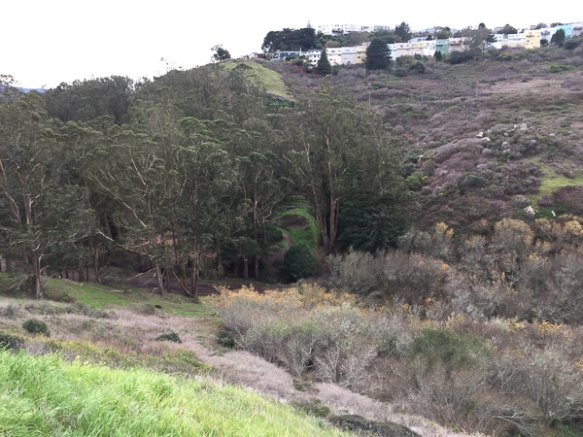
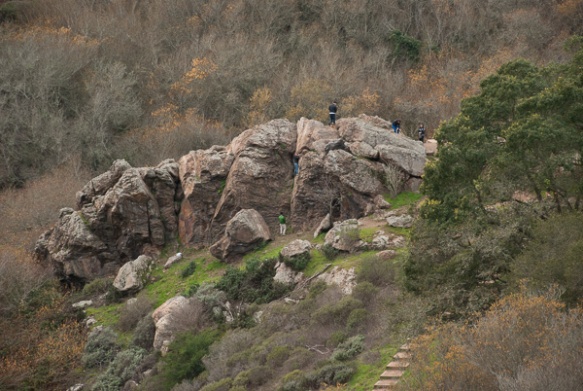
Note the rock climbers on the smooth face of that rock.
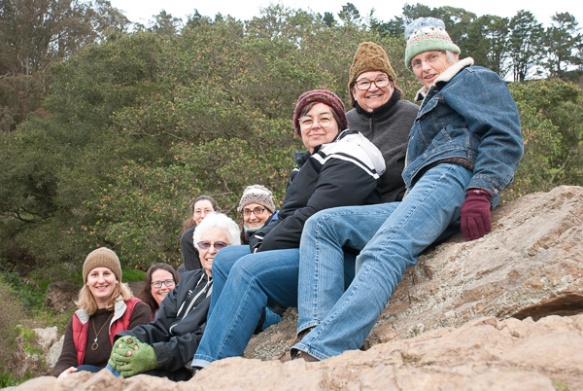
This is us on the other side of that same rock.
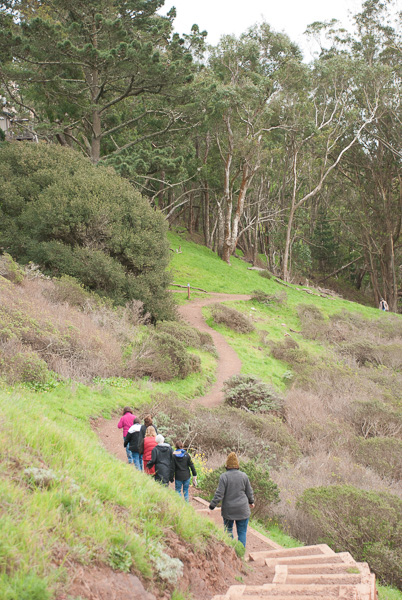
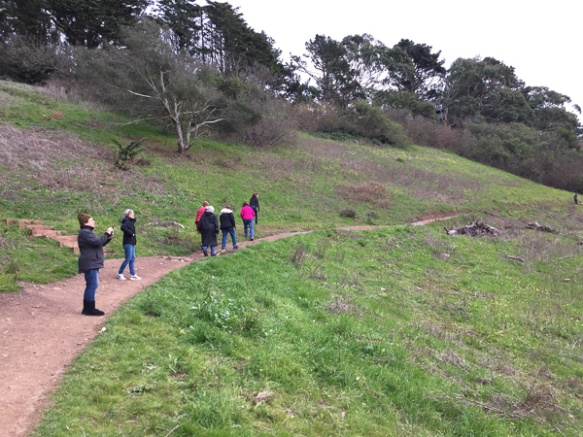
We walked a loop trail and returned to Stephany’s for more scones and brownies. We had dinner at Green Chili Kitchen, only a block from the NDGW Home…
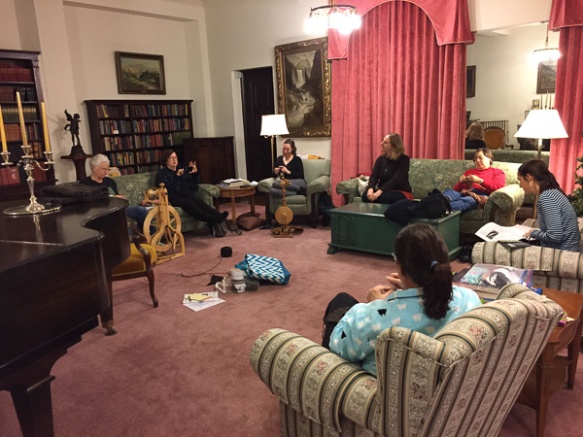
…and spent the rest of the evening knitting and spinning in the parlor.
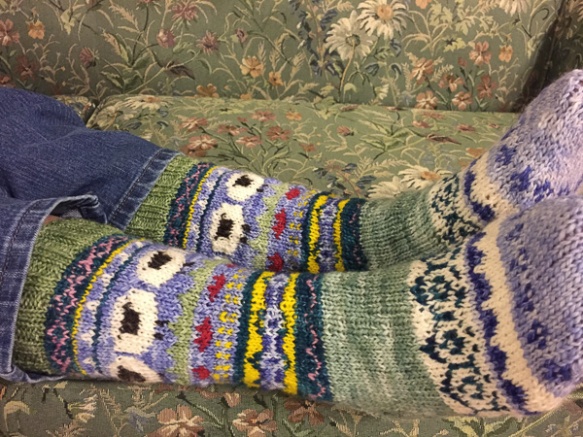
Janis showed off her snazzy handspun/handknit socks modeled after the sheep-motif Baable Hat.
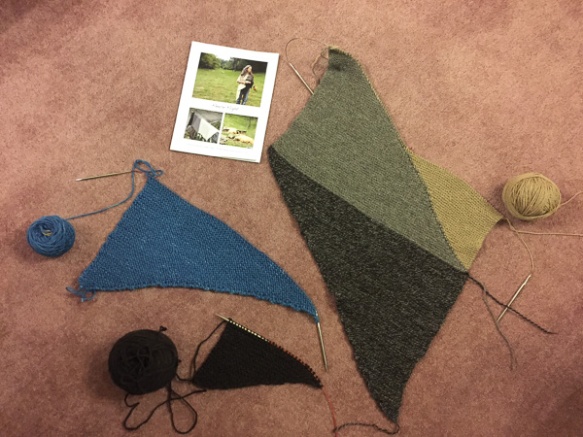
Three of us are knitting the Fleece Flight KAL. Mary is working on the third triangle. Stephany’s is in blue and mine is the small one in Jacob wool.
Our plan for Saturday was to have No Plan.
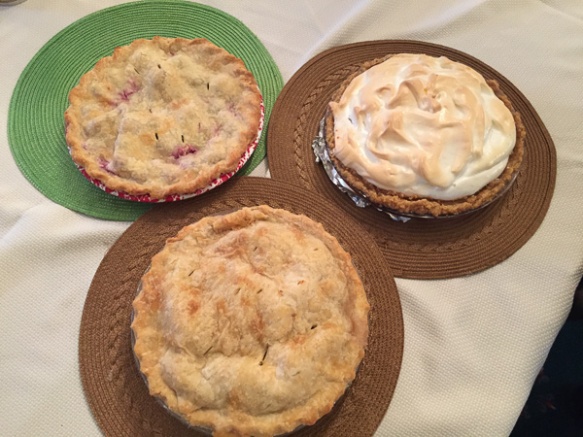
Well, there was one plan. Every year we have lemon pie for breakfast. We have bought pies across the street but this year Janis offered to bake them. I think this is now our regular routine. Lemon meringue, blackberry, and apple. Way to go, Janis!!
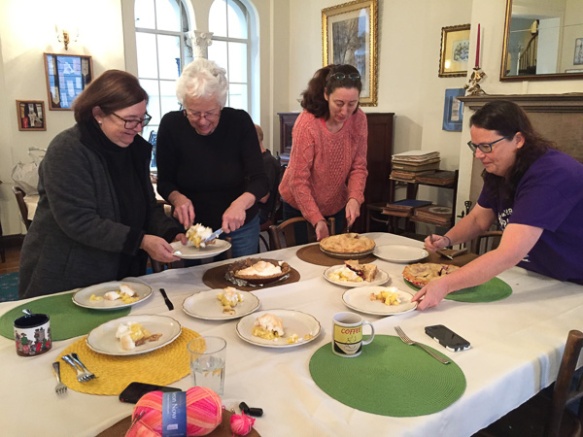
The serving line. We each had a piece of all three pies. Of course.
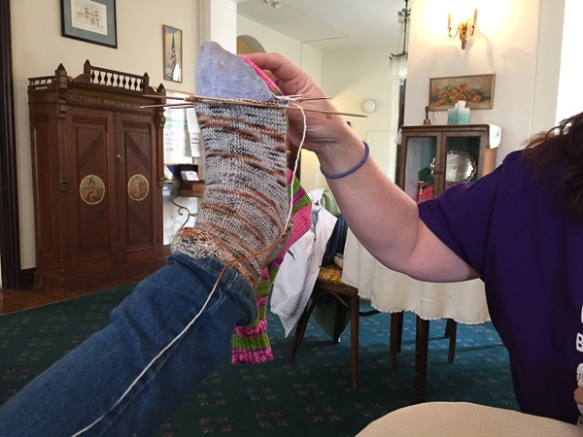
And while not eating pie we chatted and worked on projects. Amy almost finished a sock…
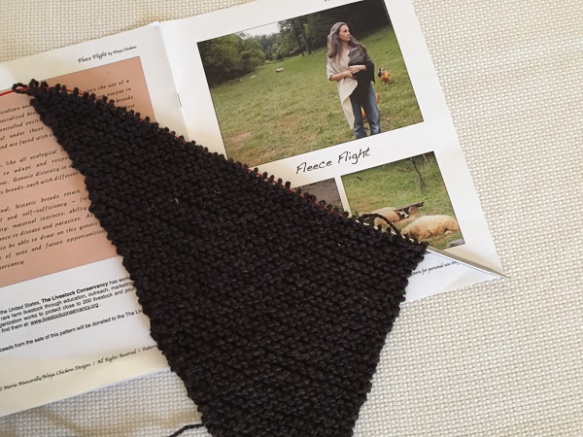
…and I made progress on my Fleece Flight shawl.
What an inspiring, fun 24 hours. We may expand this to a whole weekend next year.

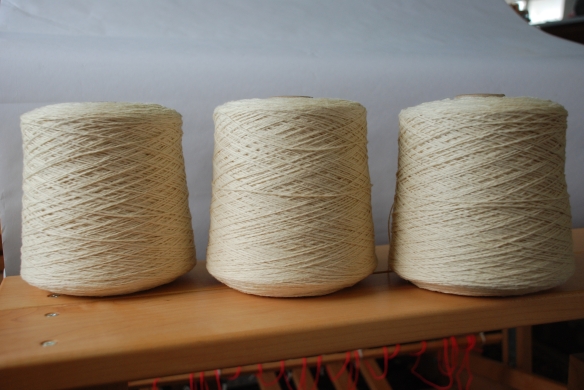 I hadn’t had a chance to do anything with it until recently. The first step was to gather some information.
I hadn’t had a chance to do anything with it until recently. The first step was to gather some information.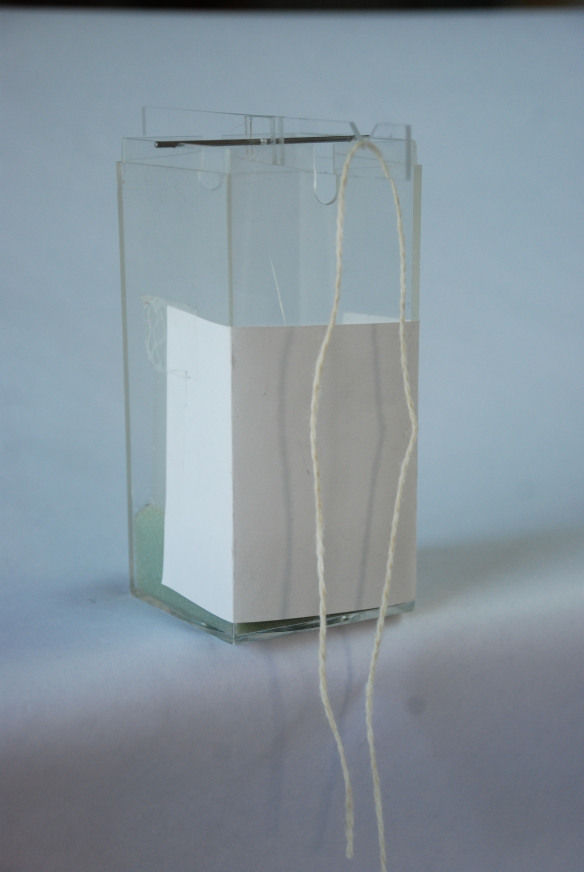 The McMorran yarn balance is one tool to do that. You trim the ends off a strand of yarn until the arm balances.
The McMorran yarn balance is one tool to do that. You trim the ends off a strand of yarn until the arm balances.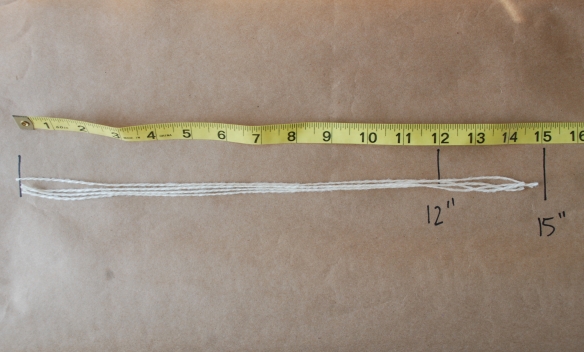 Then you measure that length of yarn and multiply by 100 to get ypp (yards/pound). I repeated that a few times to get an average–1500 ypp.
Then you measure that length of yarn and multiply by 100 to get ypp (yards/pound). I repeated that a few times to get an average–1500 ypp.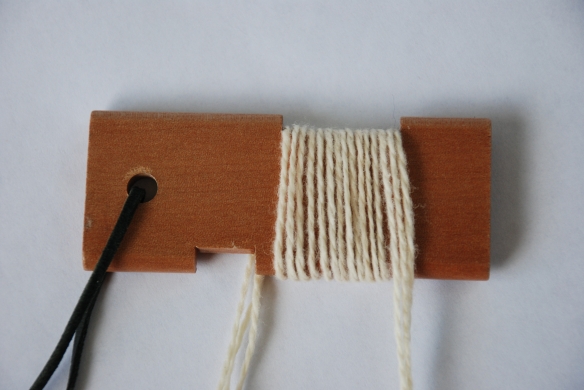 Another measurement is wpi (wraps/inch). This yarn measure 15 wpi. However, from past experience I know that this isn’t quite accurate. Most yarn is scoured (washed) and skeined before it is sold in yarn stores. That can have a dramatic effect on the yarn. The yarn that I got from the mill on cones has not been scoured yet, so it is not really “finished”.
Another measurement is wpi (wraps/inch). This yarn measure 15 wpi. However, from past experience I know that this isn’t quite accurate. Most yarn is scoured (washed) and skeined before it is sold in yarn stores. That can have a dramatic effect on the yarn. The yarn that I got from the mill on cones has not been scoured yet, so it is not really “finished”.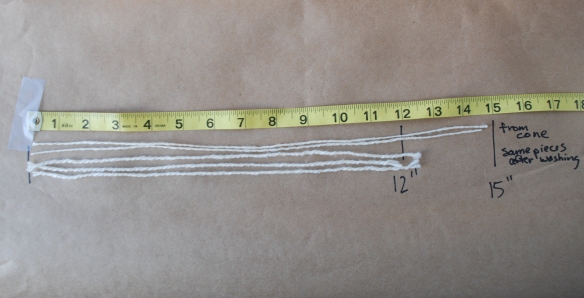 Look at the difference a soak in warm water makes. Now this yarn measure 1200 ypp (which is what the specs from the mill were)…
Look at the difference a soak in warm water makes. Now this yarn measure 1200 ypp (which is what the specs from the mill were)… and it is 10 wpi. Based on those measurements I wove some samples.
and it is 10 wpi. Based on those measurements I wove some samples.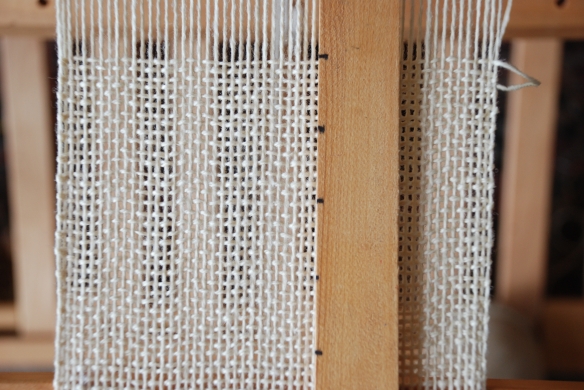 These samples look pretty open on the loom…
These samples look pretty open on the loom…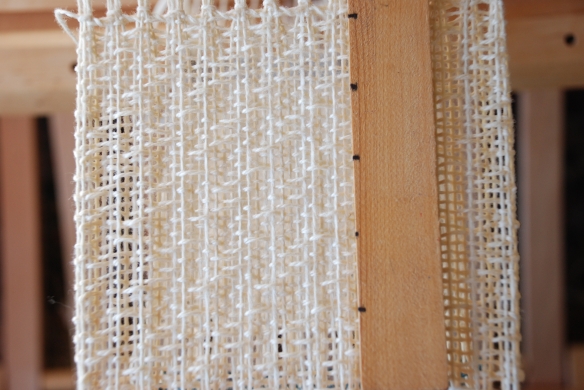 …and I had to be careful to not beat the weft yarn down too much.
…and I had to be careful to not beat the weft yarn down too much.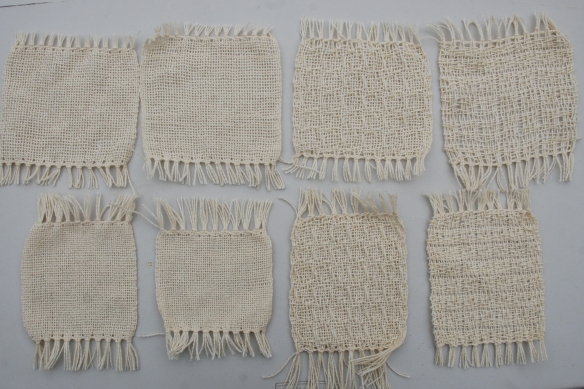 This is how the samples look off the loom. The 8 epi samples are in the top row.
This is how the samples look off the loom. The 8 epi samples are in the top row. And here is how they look after a quick wash. Dramatic difference from the loom to the finished fabric.
And here is how they look after a quick wash. Dramatic difference from the loom to the finished fabric.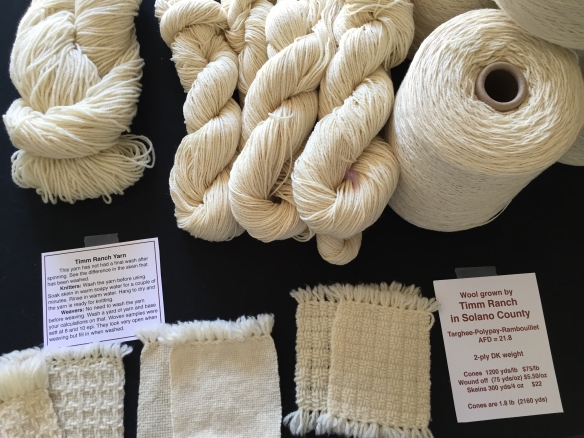 Here is how I had them displayed in the shop at the recent Shearing Day. The skein on the left has been washed. But these yarns aren’t just for weaving. My friend, Mary, bought some, washed it, and then used it for a Mystery Knit Along. Here is the shawl she knit.
Here is how I had them displayed in the shop at the recent Shearing Day. The skein on the left has been washed. But these yarns aren’t just for weaving. My friend, Mary, bought some, washed it, and then used it for a Mystery Knit Along. Here is the shawl she knit. This was knit over a few weeks with a new direction given out each week.
This was knit over a few weeks with a new direction given out each week. It is gorgeous in person and has a wonderful hand. I can’t wait to get some of this yarn on the loom and get to work with it.
It is gorgeous in person and has a wonderful hand. I can’t wait to get some of this yarn on the loom and get to work with it.




 There was a record 14 of us! Here are some of our projects:
There was a record 14 of us! Here are some of our projects:















